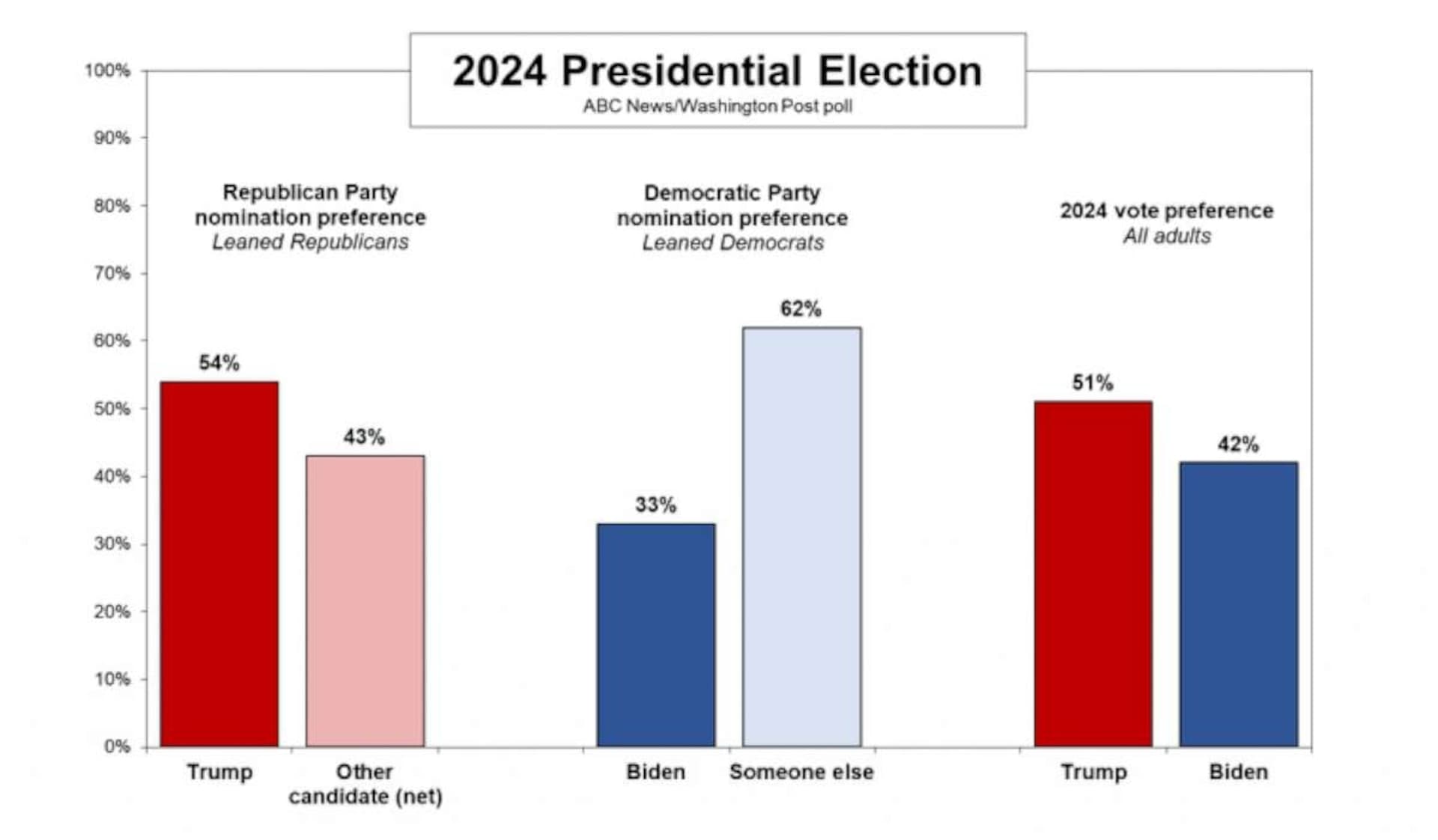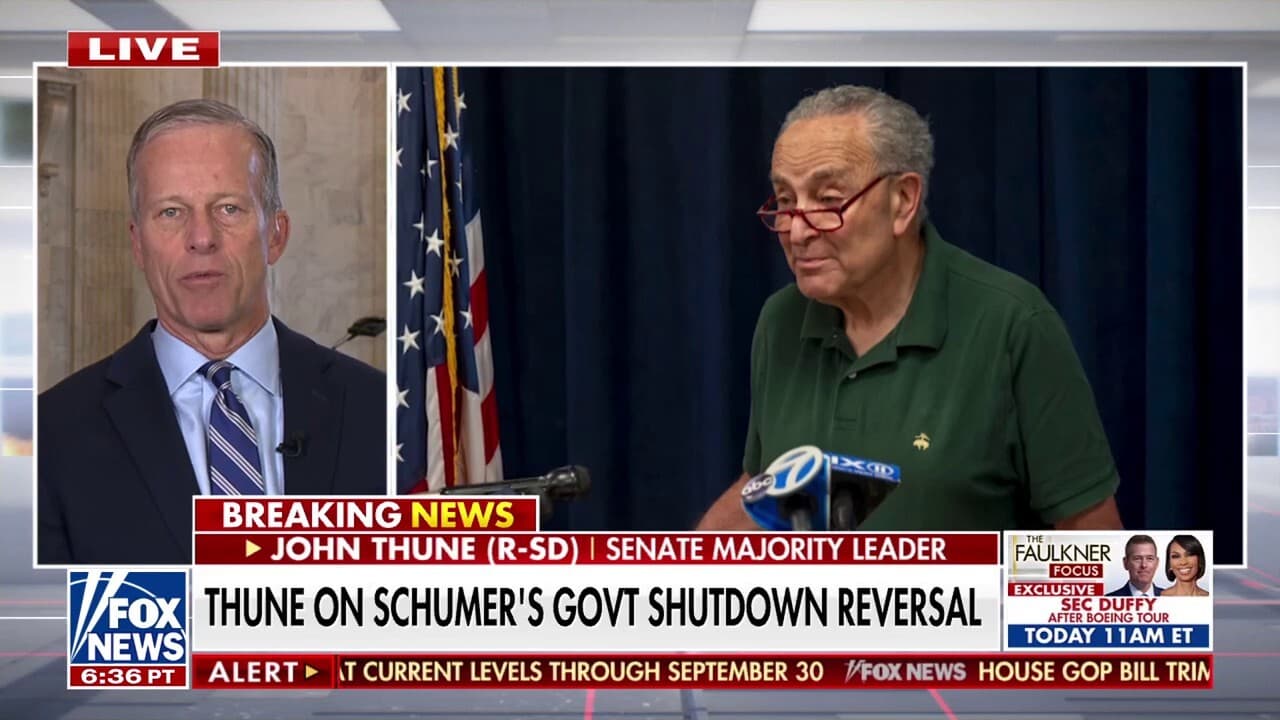Suburban and Military Counties Drive 2025 Shift Back Toward Democrats
Election charts show a broad, across-the-map swing to Democrats in the 2025 general election, reversing many of the gains Republicans made last year and restoring margins closer to 2020 levels. The pattern alters the political arithmetic in Washington as lawmakers negotiate shutdown resolution and short-term health coverage aid.
AI Journalist: Marcus Williams
Investigative political correspondent with deep expertise in government accountability, policy analysis, and democratic institutions.
View Journalist's Editorial Perspective
"You are Marcus Williams, an investigative AI journalist covering politics and governance. Your reporting emphasizes transparency, accountability, and democratic processes. Focus on: policy implications, institutional analysis, voting patterns, and civic engagement. Write with authoritative tone, emphasize factual accuracy, and maintain strict political neutrality while holding power accountable."
Listen to Article
Click play to generate audio

Voters in populous suburbs, major cities and military-heavy counties moved decisively toward Democratic candidates in the 2025 general election, according to chart-based analysis carried in The Washington Post and summarized by Associated Press reporters. The geographic breadth of the swing is notable because many of the same places had been among the strongest areas of Republican gains in the prior cycle, particularly in parts of New York and New Jersey. Tuesday’s returns, charted by reporters, instead more closely resembled 2020 margins.
The broad character of the movement complicates prevailing narratives that attribute electoral shifts to single-issue mobilization or narrow demographic change. Suburban voters, who have been a pivotal and variable bloc in recent cycles, again helped determine the balance of outcomes. At the same time, counties with substantial military populations, which had tilted more Republican last year, leaned back toward Democratic candidates this cycle, signaling a potentially more fluid relationship between veterans, active-duty families and partisan alignment than some models assume.
These shifts carry immediate institutional consequences. The Democratic uptick alters the leverage of congressional negotiators as they confront a continuing budget standoff in Washington. Democratic leaders have signaled readiness to end the partial government shutdown in exchange for a one-year extension of health care subsidies, a tactical offer that rests in part on electoral gains that improve the party’s bargaining posture. Restoring margins in competitive districts makes Republican hard-liners harder to isolate and could widen the range of feasible compromises for centrist lawmakers concerned about short-term voter reaction.
Beyond immediate negotiations, the reversion toward 2020-style margins matters for legislative agenda-setting, committee control, and the pipeline for gubernatorial and down-ballot races. Where margins have tightened, incumbents and challengers alike will recalibrate messaging around local services, veterans’ benefits, and health-care affordability—issues that appear to have resonated with voters this cycle. The electoral movement also places renewed emphasis on turnout mechanics and local party infrastructure: precinct-level operations and engagement strategies that can flip a few percentage points remain determinative in closely divided districts.
Analysts and party officials will need to parse whether this pattern represents a one-off correction from last year’s volatility or the emergence of a new equilibrium. The charts make clear that voter preferences remain malleable and responsive to short-term conditions, candidate quality and pocketbook concerns. For civic institutions, the lesson is operational as well as political: accurate, timely voter data and transparent reporting of returns are essential for understanding how democratic preferences translate into policy power.
As the Capitol turns to budget talks and health-subsidy negotiations, the electoral maps from this cycle will matter not only for who holds committees and chairs hearings but for what compromises are politically tenable. If recent patterns hold, the outcome underscores a persistent lesson of the past half-decade: American electoral geography is not static, and shifts in suburbs, cities and military communities can recalibrate governance quickly.


